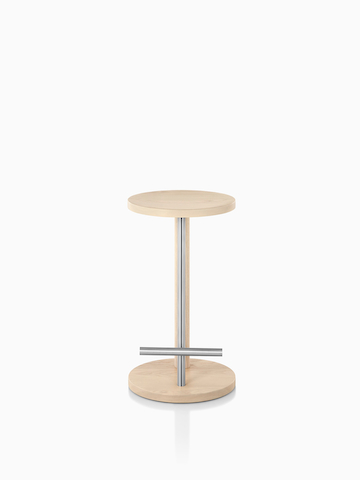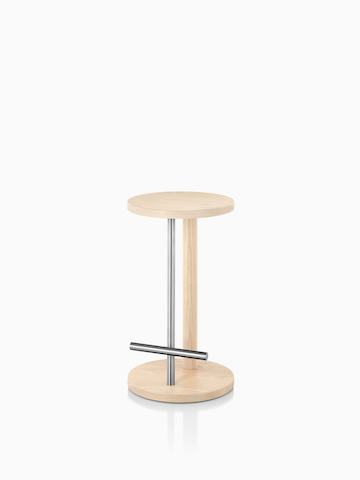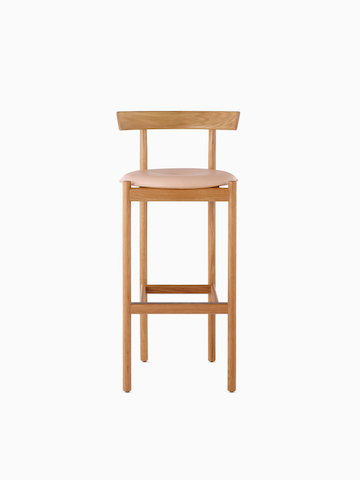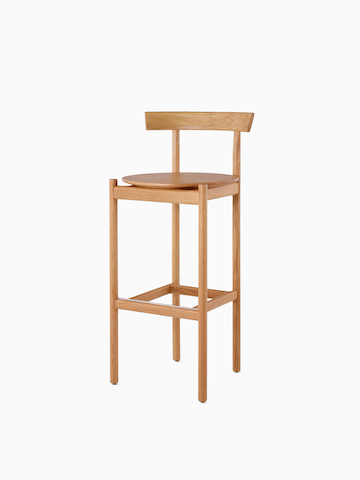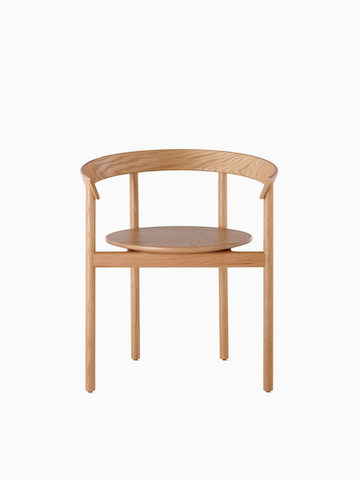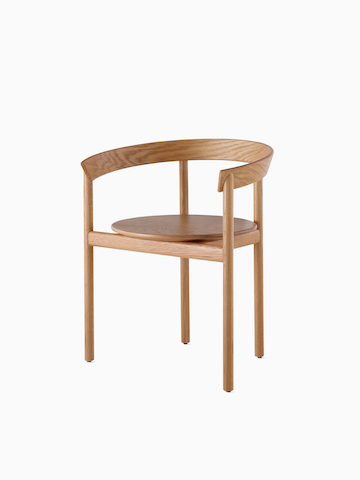Products by Michael Anastassiades
As the work of designer Michael Anastassiades proves, simple is not necessarily easy. The aesthetic shared by the tabletop objects, furniture, jewellery and lighting born in his London studio is achieved through a process of paring down an object to its essence. This design approach is not merely a process of reduction – a minimalism for its own sake – but rather, an exploration of proportion, materiality, and the overall physical presence of an object as it relates to its user as well as its place and time.
“I always like trying to understand how things relate to you,” he says. “Does it feel inviting? Does it feel threatening? All these different questions. And from then on, how do the different elements of that product relate to each other?”
Anastassiades’ work exists between that which is utilitarian and honest in its function, but also poetic and enigmatic in its presence. “At the end of the day, it’s the feeling that you have. What makes it appealing to you, desirable to you, to look at, to occupy, to live with. For me these are more important than a recipe. Honesty is what I’m after. At the end of the day, that’s what makes it desirable,” he says.
A native of the island of Cyprus, Anastassiades formally trained as a civil engineer at Imperial College of Science Technology and Medicine in London, and then went on to study industrial design at the Royal College of Art. He founded his studio in 1994 and launched his eponymous brand in 2007. In the years since, he’s developed intense relationships with the suppliers and craftspeople who produce his designs. This formula has worked so well, brands such as FLOS, Puiforcat, Lobmeyr and Swedish design institution Svenskt Tenn have sought out opportunities to work with him.
In collaborating with Herman Miller, Anastassiades found a partner that is not only motivated to produce pieces of enduring quality, but also capable of applying the kind of rigour called for by designs that require flawless execution. “What makes an object survive time?” he wonders. “Can an object become more beautiful as it ages?” These are questions Anastassiades’ work continues to explore.

